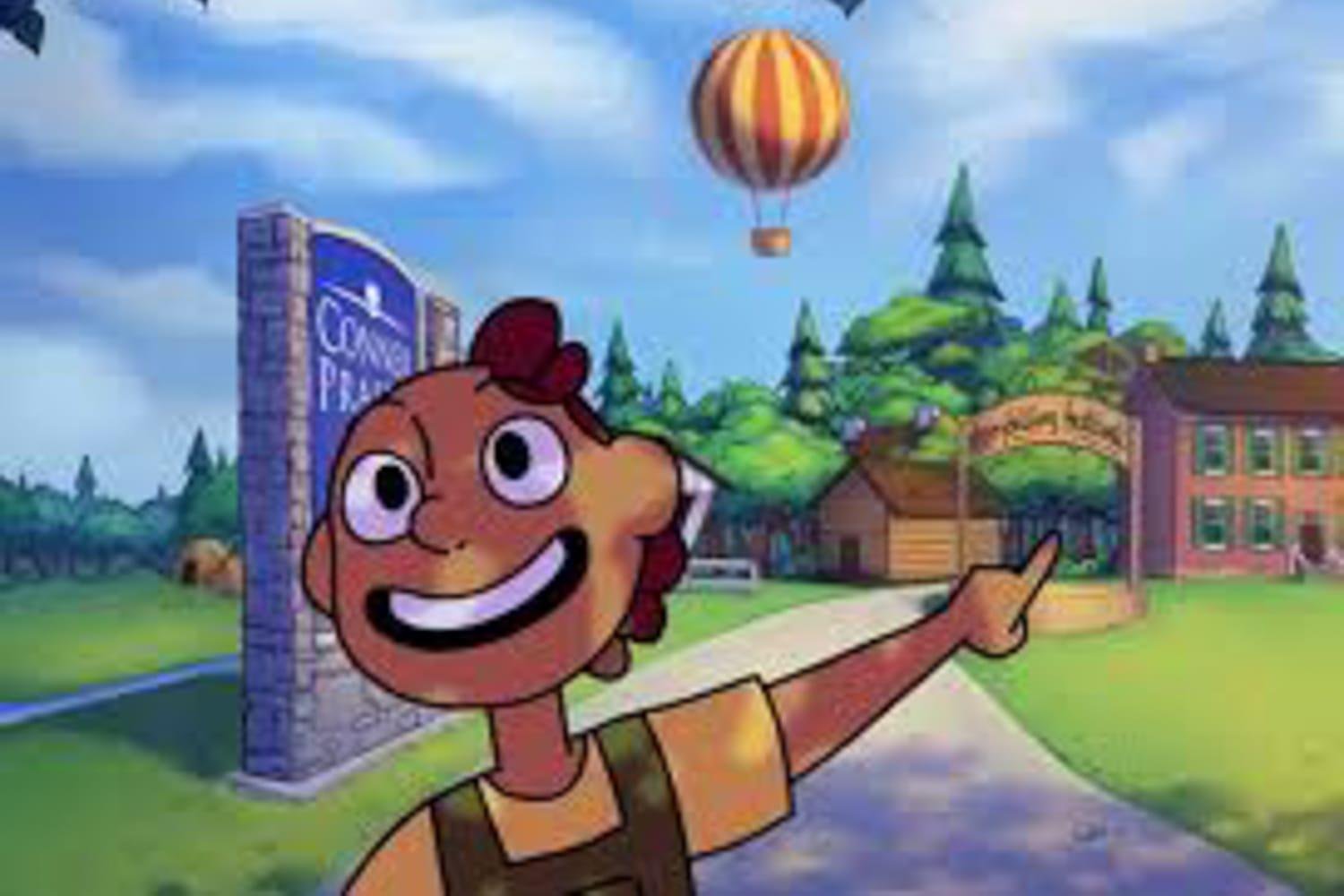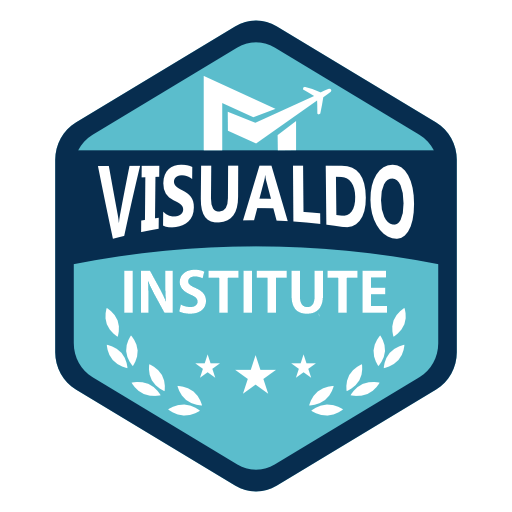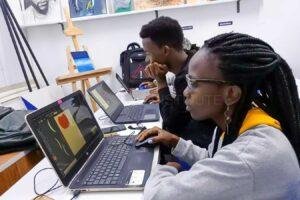
Where to Learn Animation 2D/3D Courses in Kenya
- Posted by Michael
- Categories Education Blog
- Date 13 October 2024
- Comments 0 comment
If you’re looking to learn 2D or 3D animation in Kenya, here are some best and top-rated institutions that offer specialized Animation courses:
Visualdo Institute
Visualdo is a leading media school in Kenya offering diploma courses in both 2D and 3D animation and film production. Their program includes key areas such as character animation, rigging, modeling, and texturing, preparing students for careers in gaming, film, and TV.Nairobi Institute of Technology (NIT)
NIT offers a diploma in animation that covers both 2D and 3D techniques. The curriculum focuses on software skills such as Adobe Animate, Blender, and Autodesk Maya, ensuring students gain a practical understanding of animation production.ADMI
ADMI Institute is known for its comprehensive animation courses. Students learn everything from traditional 2D techniques to advanced 3D modeling and animation. The courses are hands-on and industry-focused, ensuring graduates are ready for the job marketShang Tao Media Art College
Shang Tao offers diploma courses in animation and film production, with a focus on both 2D and 3D animation for use in advertising, television, and digital media.Talanta Institute
Talanta Institute provides animation courses within its creative arts department, offering hands-on training in 2D and 3D animation, particularly aimed at film and television production.
These schools offer a range of programs that cover essential animation skills, preparing students for careers in entertainment, advertising, and digital media industries.
What is Animation?
Animation is the process of creating the illusion of movement by displaying a series of individual images, or frames, in rapid succession. Each frame typically differs slightly from the previous one, and when shown in quick sequence, these frames give the impression of fluid, continuous motion.
There are various types of animation, including:
- Traditional Animation: Also called 2D animation, this technique involves drawing each frame by hand. Early animated films, such as those by Disney, were created using this method. Each drawing is photographed and then played back in rapid sequence to create movement.
Stop Motion Animation: In this technique, physical objects or models are moved incrementally between photographed frames. When played back, these objects appear to move on their own. Examples include claymation (like Wallace & Gromit) and puppet animation. - Computer-Generated Animation (CGI): This uses digital models and environments to create animated sequences. Pixar and DreamWorks are known for their use of CGI in movies like Toy Story and Shrek. The technique allows for detailed, realistic animation as well as more stylized approaches.
- Motion Graphics: Often used in commercials or title sequences, motion graphics involve animating text, shapes, or designs, commonly without the need for characters or narrative-driven action.
- 3D Animation: Similar to CGI but often used for more complex or realistic animations, this method uses three-dimensional digital models. These models can be manipulated to move in a 3D space, allowing for a greater sense of depth and realism.
- Cutout Animation: In this technique, flat characters, props, and backgrounds are created and moved between frames to simulate motion. A modern example is South Park, which began with paper cutouts but is now digitally animated to emulate this style.
Animation can be found in various forms of media, from feature films and TV shows to video games, advertisements, and educational content. It can be used to tell stories, explain concepts, or create visual effects that would be impossible or impractical to capture through live action.
What do they teach in animation school? Animation Courses
In animation school at Visualdo, students learn a combination of creative, technical, and theoretical skills to become proficient in the art and science of animation. The animation courses typically covers various aspects of animation, from traditional hand-drawn techniques to modern 3D animation, motion capture, and visual effects.
Here’s an overview of the core subjects taught at Visualdo Institute in Kenya:
1. Fundamentals of Art and Design
- Drawing and Sketching: Students develop basic drawing skills, including figure drawing, anatomy, gesture, perspective, and composition, which are critical for animators to understand how to bring characters and environments to life.
- Color Theory: Understanding the use of color to convey mood, atmosphere, and emotion in animation.
- Character Design: The principles behind creating appealing and functional characters, including proportions, stylization, and expressions.
- Storyboarding: Teaching students how to plan scenes and convey the visual flow of a story, breaking down a script into individual shots and sequences.
2. Animation Techniques
- 2D Animation: Traditional hand-drawn techniques, principles of animation (such as timing, squash and stretch, anticipation, etc.), and digital tools like Adobe Animate.
- 3D Animation: Using software like Autodesk Maya, Blender, or Cinema 4D to create three-dimensional characters, environments, and effects. Topics include rigging, modeling, texturing, lighting, and rendering.
- Stop Motion Animation: Using physical objects or puppets to create animation by photographing frame-by-frame movements. Techniques include claymation and object animation.
- Motion Capture: Understanding how to use motion capture technology to record live performances and integrate them into animated characters.
3. Principles of Animation
- Timing and Spacing: Teaching how the spacing of frames affects the speed and smoothness of movement.
- Squash and Stretch: Creating elasticity in characters to make movements more dynamic and natural.
- Anticipation, Action, and Reaction: How actions are set up and followed through in a believable manner.
- Exaggeration: Using exaggerated movements or expressions to enhance storytelling and characterization.
4. Software and Tools
- Students learn industry-standard software, such as:
- Autodesk Maya and Blender for 3D modeling and animation.
- Toon Boom Harmony and Adobe Animate for 2D animation.
- ZBrush for sculpting characters and objects.
- Adobe After Effects for visual effects and compositing.
- Unity or Unreal Engine for real-time animation and game design.
5. Visual Effects (VFX)
- Techniques for creating realistic or fantastical effects such as explosions, weather, magical elements, and more using VFX software.
- Compositing techniques where live-action footage is combined with animated elements.
6. Storytelling and Scriptwriting
- Understanding narrative structures, character arcs, and how to develop engaging stories that can be told visually.
- Writing scripts specifically for animation and learning how to adapt stories for animated media.
7. Sound Design
- Incorporating music, sound effects, and voice acting into animation.
- Syncing sound with visuals to create a cohesive experience.
8. Film and Cinematography Concepts
- Understanding camera angles, movement, shot composition, and lighting to enhance the visual storytelling.
- Learning editing techniques to cut and assemble animated sequences.
9. History and Theory of Animation
- Exploring the evolution of animation from its earliest forms (e.g., early Disney works, Japanese anime, European animation) to contemporary techniques.
- Learning about influential animators and studios and analyzing animated films to understand techniques and trends.
10. Collaborative and Industry Skills
- Teamwork and project management, as animation is often a collaborative process involving many departments (e.g., storyboard artists, animators, voice actors, editors).
- Working with clients or directors in a professional setting.
- Portfolio development to prepare for a career in animation, including creating demo reels and project showcases.
11. Specializations
- Character Animation: Focusing on bringing characters to life through expressive movements.
- Environment and Background Design: Creating immersive and visually striking backgrounds and settings.
- Game Animation: Learning how to animate for video games, including character actions and interactive elements.
- Visual Effects (VFX): Specializing in creating effects for films and media, such as explosions, magic, and weather phenomena.
Conclusion
Animation schools like Visualdo often blend creative arts and technology, equipping students with both artistic sensibilities and the technical skills needed to thrive in the animation, game design, film, or VFX industries.
The Animation program at Visualdo School of Animation, is designed for both beginners and advanced learners, offering diplomas and certificates depending on the student’s needs. Students also get exposure to related fields such as graphic design, videography, and digital marketing, which can complement their animation skills
Related
You may also like

Top 10 Best Digital Marketing Schools in Nairobi CBD


